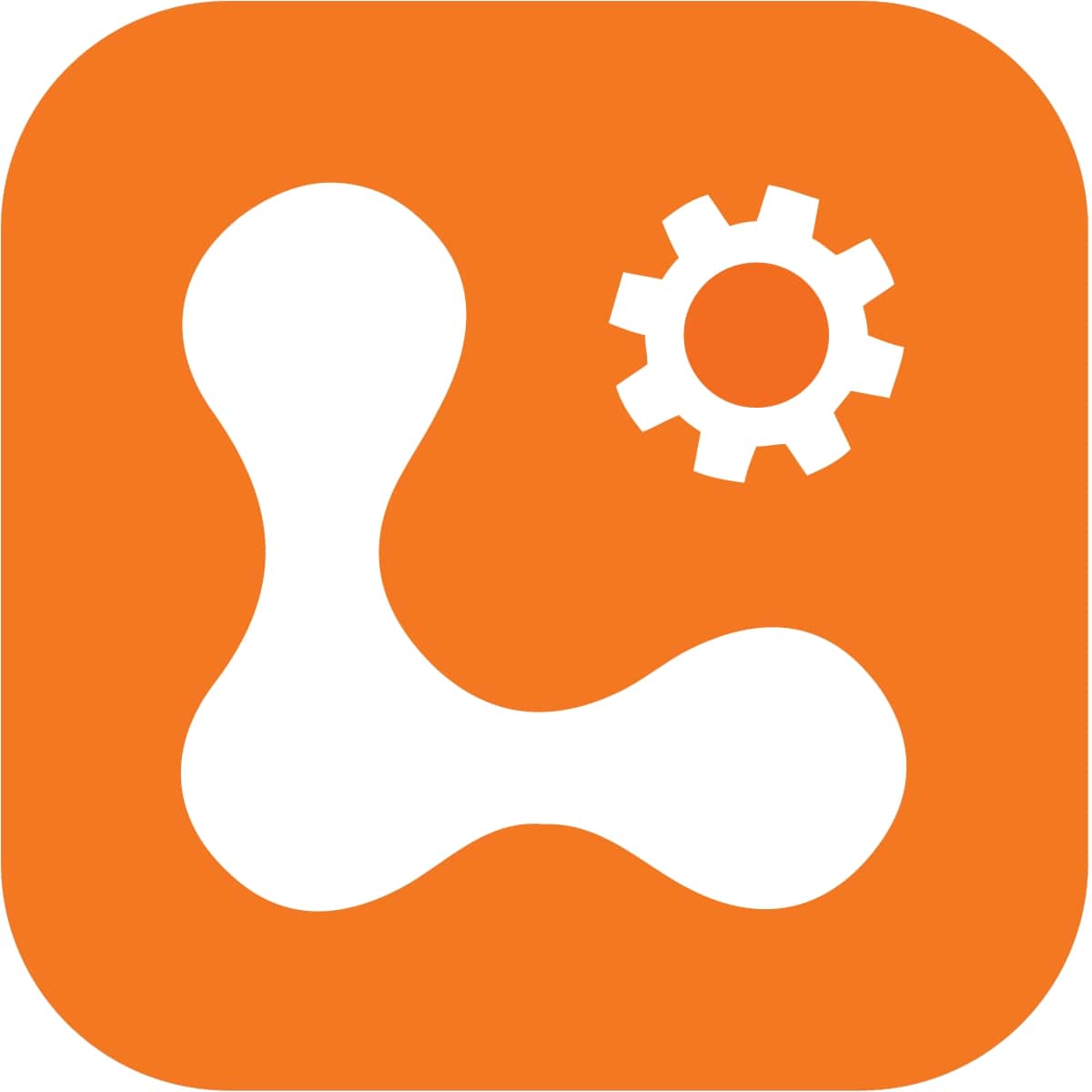 +
+

To integrate Sentry and Logentries with your monitoring system, please reach out to MetricFire. Book a demo with the MetricFire team to discuss integrating Sentry and Logentries and how that can support your monitoring system.
With a Sentry webhook add-on, you can pinpoint your Sentry events in time to see if they coincide with changes in your metrics. Configure a Sentry webhook in Hosted Graphite, and visualize these events as annotations by following these simple steps:
Browse to your Sentry account, visit ‘Project Settings’ section, click ‘All Integrations’, and check the 'webhooks' box
 Navigate to 'Alert Settings, scroll down, and add the Hosted Graphite Sentry webhook location to the field
Navigate to 'Alert Settings, scroll down, and add the Hosted Graphite Sentry webhook location to the field
Logentries, now owned by Crunchbase, is a SaaS-delivered log management and analytics service, developed to make machine-generated log data easily accessible to developers, operations, and business analytics customers. While traditional log management and analytics solutions require advanced technical skills to use, and are costly to set-up, Logentries provides an accessible alternative for managing huge amounts of data, visualizing insights that matter, and sharing that information across the business.
MetricFire is a full-scale platform that provides infrastructure, system, and application monitoring using a suite of open-source tools. We will aggregate and store your data as time series metrics, which can be used to build custom dashboards and alerts. MetricFire takes away the burden of self-hosting your own monitoring solution, allowing you more time and freedom to work on your most important tasks.
MetricFire offers a complete ecosystem of end-to-end infrastructure monitoring, comprised of open-source Graphite and Grafana. MetricFire handles the aggregation, storage, and backups of your data, and offers alerting, team features, and API's for easy management of your monitoring environment. You can send server metrics using one of our agents, custom metrics from within your application code, and integration metrics from a variety of popular 3rd party services that we integrate with like Heroku, AWS, Azure, GCP, and many more!
Our Hosted Graphite product has improved upon standard Graphite to add data dimensionality, optimized storage, and offers additional tools and features that provide customers with a robust and well-rounded monitoring solution.
Monitoring ZFS across your business's server infrastructure is crucial for ensuring data integrity, optimizing... Continue Reading